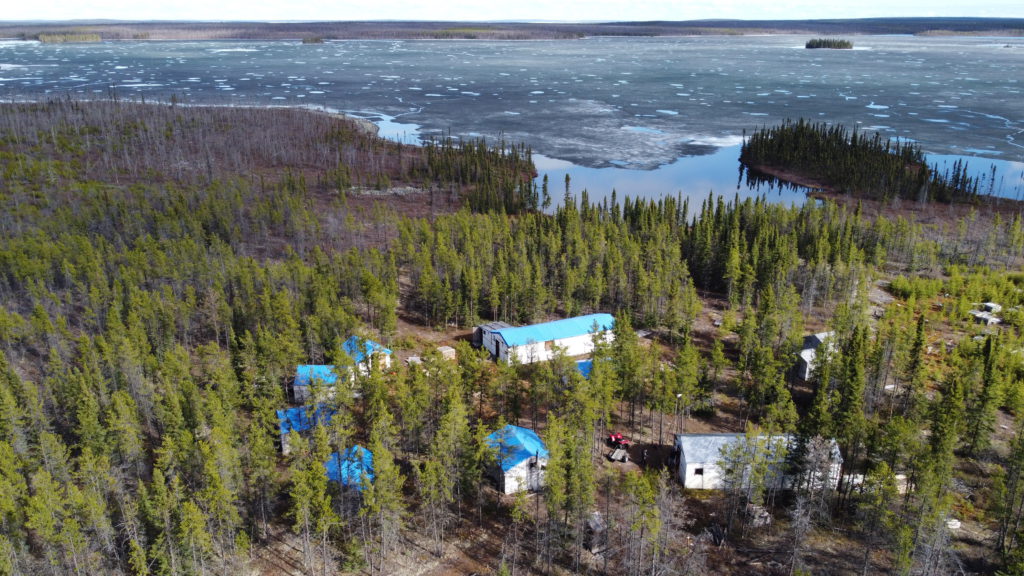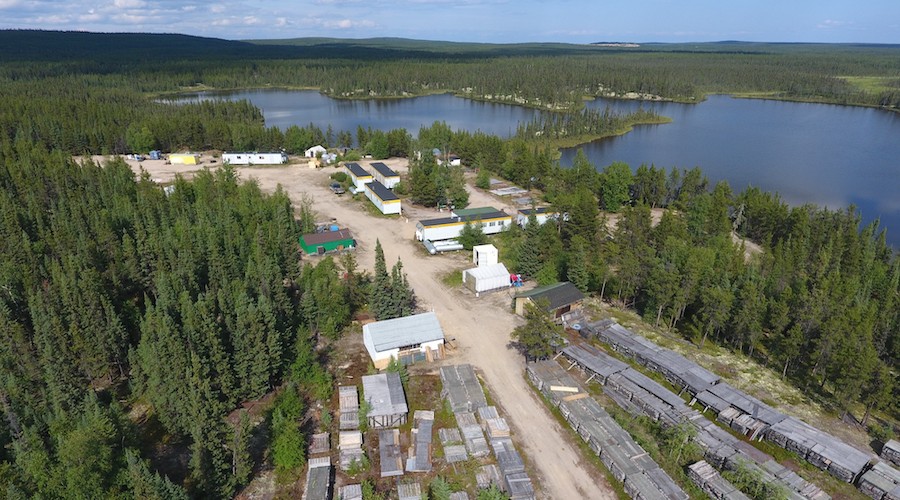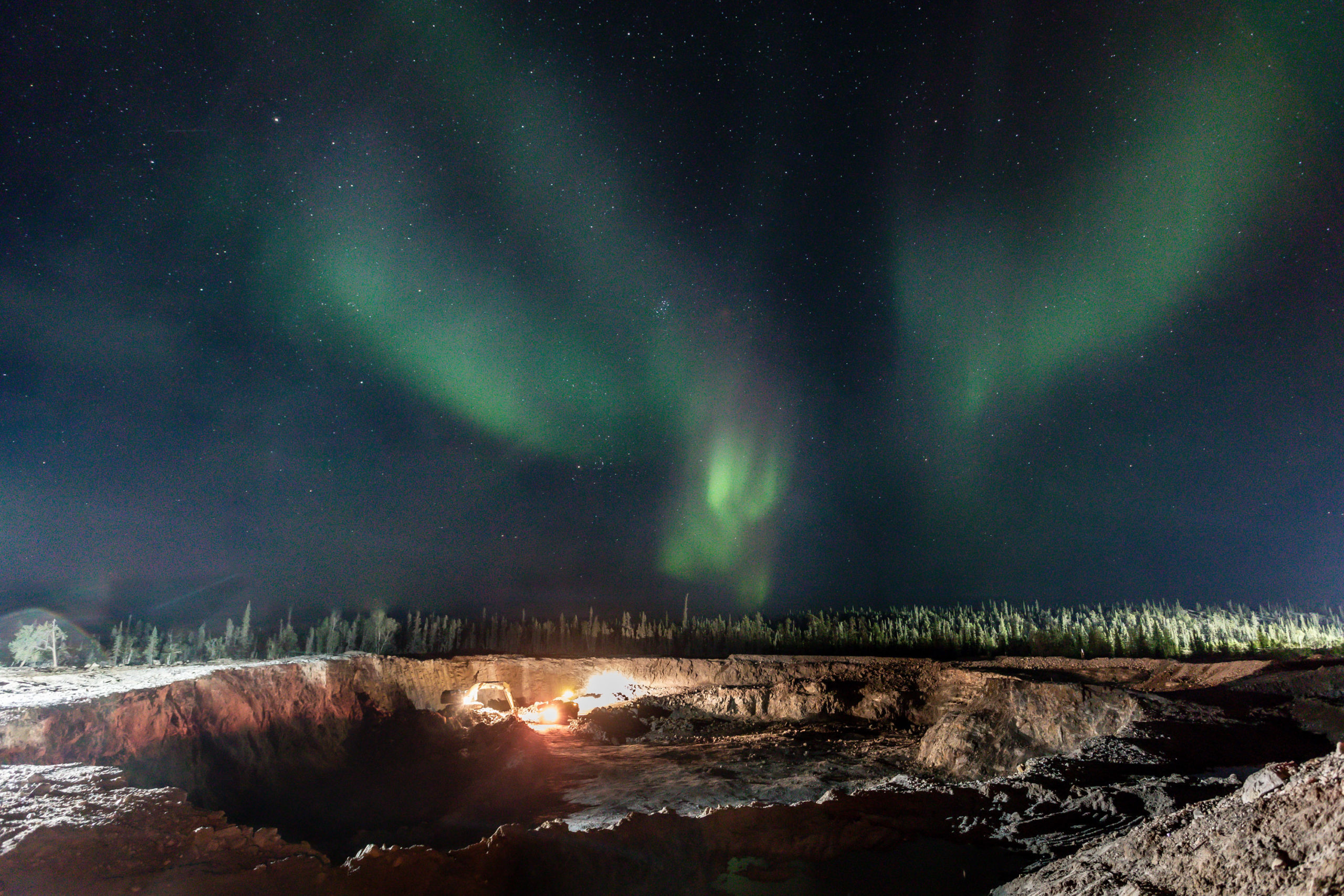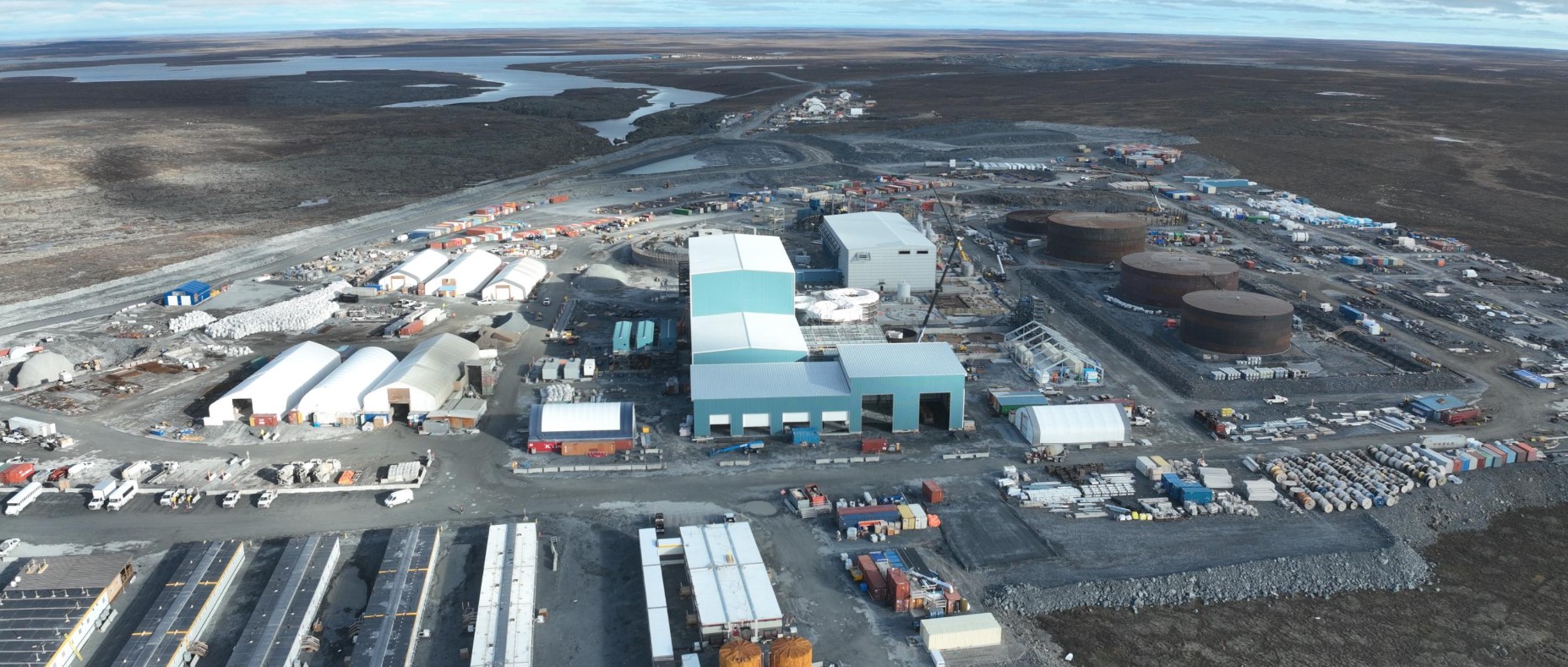Junior miner Stallion Uranium’s (TSXV: STUD) approach to its recent $1.45-million private placement is a direct response to the fundraising volatility. Matthew Schwab, CEO of Stallion and a uranium market veteran, opted for a Listed Issuer Financing Exemption (LIFE), which allows companies to raise relatively small amounts of capital more quickly and cheaply by avoiding the need to file a prospectus. He wanted to keep the capital raising to friends, family and colleagues.
“I knew that if I did a LIFE capital raising then we could close our financing in short order,” said Schwab, who played an instrumental role in the discovery of NexGen Energy’s (TSX, NYSE: NXE; ASX: NXG) Arrow Deposit in the southwest Athabasca basin.
The spot uranium price, like the spot gold price, often reflects macro-level supply and demand dynamics rather than the realities faced by individual mining companies. While a rising spot price may signal bullish sentiment, it doesn’t guarantee profitability for producers or explorers. Majors may be locked into long-term contracts at lower prices, and juniors struggle to raise funds even in a strong market, as investors weigh project economics, permitting hurdles and financing risks. The result is a disconnect between market price signals and on-the-ground viability.
Up and down
After a short-lived spike in 2007 to about $136 per lb. (all commodity prices are measured in U.S. dollars), the spot uranium price fell to around $50 per lb. and lower for 15 years, hitting a bottom of $18 per lb. in 2017. The recent rally started in early 2022 with the spot price hitting $64 per lb. amid geopolitical instability, supply cuts and long-term uranium supply contract renewals. After a brief decline, it went on a run in 2023, hitting over $100 per lb. in January and February 2024. Since then, it’s fallen to around $65 per pound.
Last year’s surge was predominantly driven by concerns about production issues in Kazakhstan, said William Freebairn, associate editorial director for nuclear power and uranium at S&P Global Commodity Insights.
“In the second half of the year, despite what people feel are very strong tailwinds for nuclear power, the price slid from the $90-per-lb. level about a year ago to end (2024) in the $60-per-lb. range.”
Freebairn said there’s debate in the industry about what cooled investor excitement, whether a physical uranium fund had unwound its holdings to inject uranium into the market and how uncertainty around the U.S. election played.
This year, the spot price has moved laterally between$60 and $65 per pound.
The Trump White House has said U.S. tariffs likely won’t apply to Canada’s critical minerals including uranium, but it is considering whether other nations might face tariffs. Still, there’s been a slight impact on the relative prices of uranium in the U.S. versus Canada, the analyst said.
“The uranium that was already located in the U.S. as these tariffs were being threatened, rose in price slightly, and we had a differential between the U.S. and Canada of a couple of dollars a pound,” Freebairn said. “It wasn’t ever super big and it seems to be receding a little bit as the tariff concerns abate somewhat, but there’s still a lot of uncertainty in the market.”
Obscure market
Chris Frostad, president and CEO of Purepoint Uranium Group (TSXV: PTU), said roughly 5-10% of uranium trades on the spot price.
“The rest of it is all long-term contracts, and most of those contracts aren’t visible to mere mortals like you and me,” Frostad said. “Even the long-term (contract) numbers we get are maybe 30% of the trades out there and those are the ones that are put out to public tender.”
While the spot price has been surging and falling, Frostad said the long-term price has been ticking along at its normal pace, rising steadily from $50 per lb. in 2022 to $80 per lb. in 2025.
“Which is a perfectly acceptable price because it’s about the price you need to turn a mine on,” he said.
However, Frostad believes project delays and low production are contributing to a uranium shortage, which is going to squeeze the long-term price higher.
“This is what we’re fighting from a financing standpoint,” he said. “We do have institutional investors and people that are providing funds who do get it [but] the retail market is causing us to have to raise it at a lower price than we think we should be.”
Joint ventures
Purepoint has countered the uncertainty by getting surgical, Frostad said.
“Most of our projects and property (are) now operated under joint ventures with major players,” Frostad said. “Secondly, we’re operating these projects and earning literally enough revenue to cover our overheads — this allows us not to be frantically trying to raise,” he said. “We’re keeping it small and raising as we need it.”
Frostad likens the situation to the early 2000s, the last time uranium saw a comparable rally.
“(Back then), the price of uranium was reflected in the equities so we could count on the buoyancy of our equity prices from the price of uranium to counteract the dilution we were creating within our companies,” he said. “We haven’t been able to rely on that this time around.”
Stallion’s Schwab said the private placement completed in April will tide the business over for now.
“At some point here, I’m going to have to go back out and do a much larger flow-through financing,” he said.
But he’s planning to wait until investor nerves settle, especially the conversation surrounding the tariffs and a perceived effect on uranium prices.
“At the end of the day, uranium only comes from a few countries primarily, and ours is one of them,” Schwab said. “The fundamentals in the uranium industry are stronger right now than when we had $140 uranium.”




